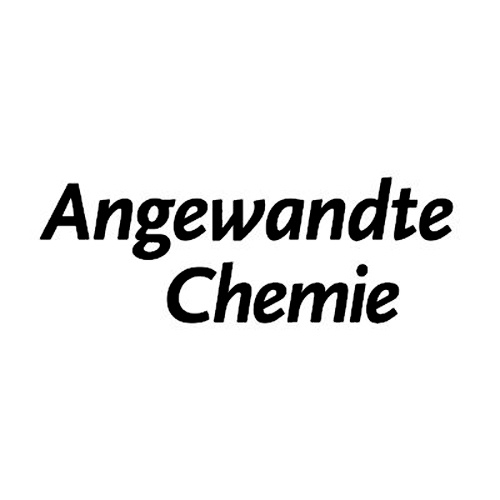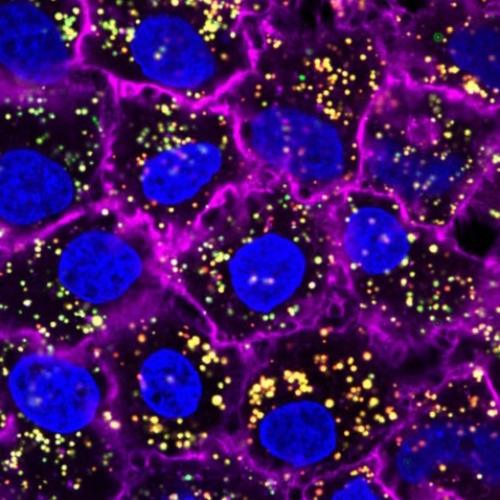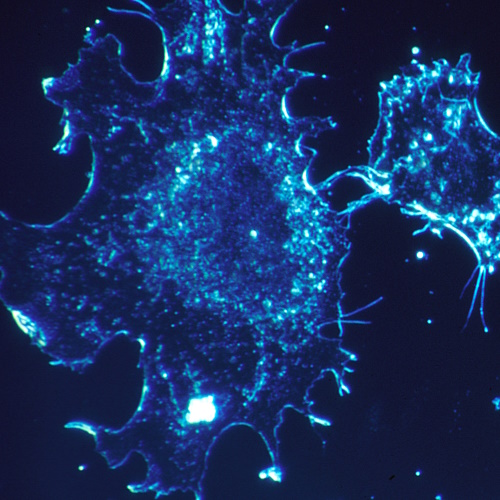Key points from article :
Researchers created a novel cage for a molecule with anticancer properties.
Works by trapping drug molecules within a non-toxic carrier that can transport the drug to the required site.
Bulky molecular groups wrap around the drug, blocking its biological activity.
Rotaxanes have a molecular ring trapped on a dumbbell-shaped component.
Designed a rotaxane including a biologically active molecule that kills cancer cells by interacting with their DNA.
While the ring is present, the active molecule cannot bind to DNA, shutting off its toxicity.
Release of the molecule from the cage can be then controlled by external stimuli, such as light.
Practical use would be limited to skin cancers or those that can be reached with an endoscope.
Testing the possibility of releasing the rotaxane ring with specific enzymes.
"Click reactions are easy and modular reactions...making our approach very general and adaptable," - Jamie Lewis, co-researcher.
Study by Imperial College London published in Angewandte Chemie.






